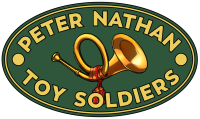28th May 2024
John Jenkins Designs Preview: Persian Scythed Chariot and Kardake Infantry
The 4 horse scythed chariots were used by the later Achaemenid Persians.
Scythed chariots were drawn by four armoured horses and manned by a single armoured driver. It was important for the vehicle to build up speed, as they were vulnerable to swift pre-emptive attacks by light troops.
Once the chariot was galloping towards its target, the driver would often bail out for his own safety, which unfortunately made it likely that the horses would miss or shy away from the target.
If they did make contact, the chariots would cause immense damage but would more or less destroy themselves in the collision.
Generally formed infantry bodies could stand firm after such contact, unless the chariots were closely supported, which they all too often were not.
Cavalry might have been easier to break than solid infantry bodies, but were not used, perhaps because the cavalry could easily have avoided their charge.
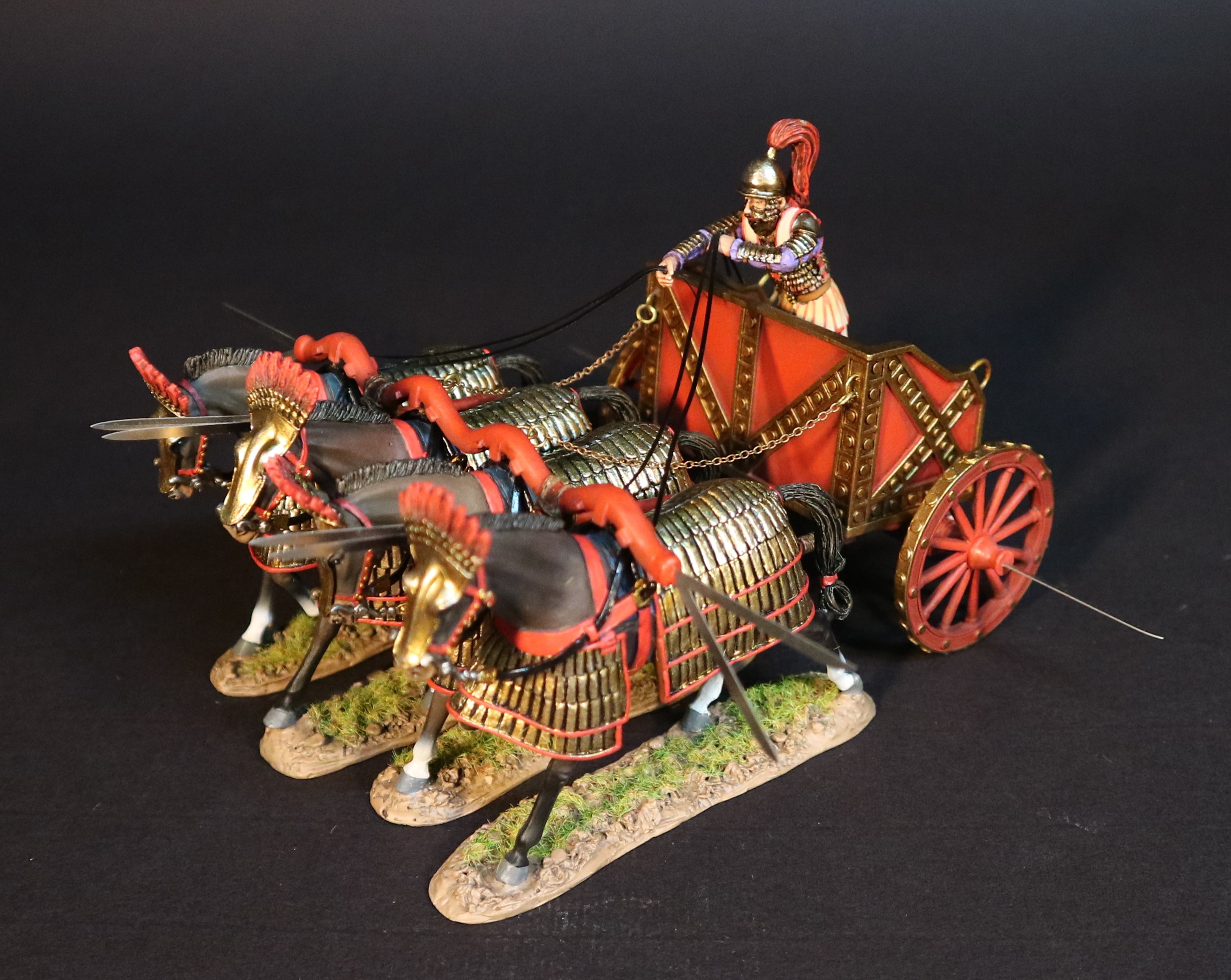
Xenophon’s “Kyropaidia” provides us with the best description of these items.
It is described as having heavy wheels with studded rims, a broad wheelbase for stability, and two poles.
Some decriptions refer to a closed back with a rear door, but others with an open back, but a simple bench seat to one side.
Diodoros describes the chariots at Gaugamela with 27 inch blades at the ends of the yokes, and blades on the axle ends.
Xenophon describes Persian charioteers, as wearing a cuirass, armpieces and helmet, with only the eyes showing. It is believed that no armour was worn below the waist as this was protected by the body of the chariot. The helmet is believed to have cheek pieces which would reflect a Greek influence.
KARDAKE INFANTRY
Kardakes translated means “foreign mercenaries”
The Kardakes are a part of the Persian
army that also appears towards the later empire, it is uncertain what they
really were. Some say that they were mercenaries, others that they were
influenced by the
Greek Hoplites and that we should assume that they were a Persian attempt to
reform the army in a Greek way.
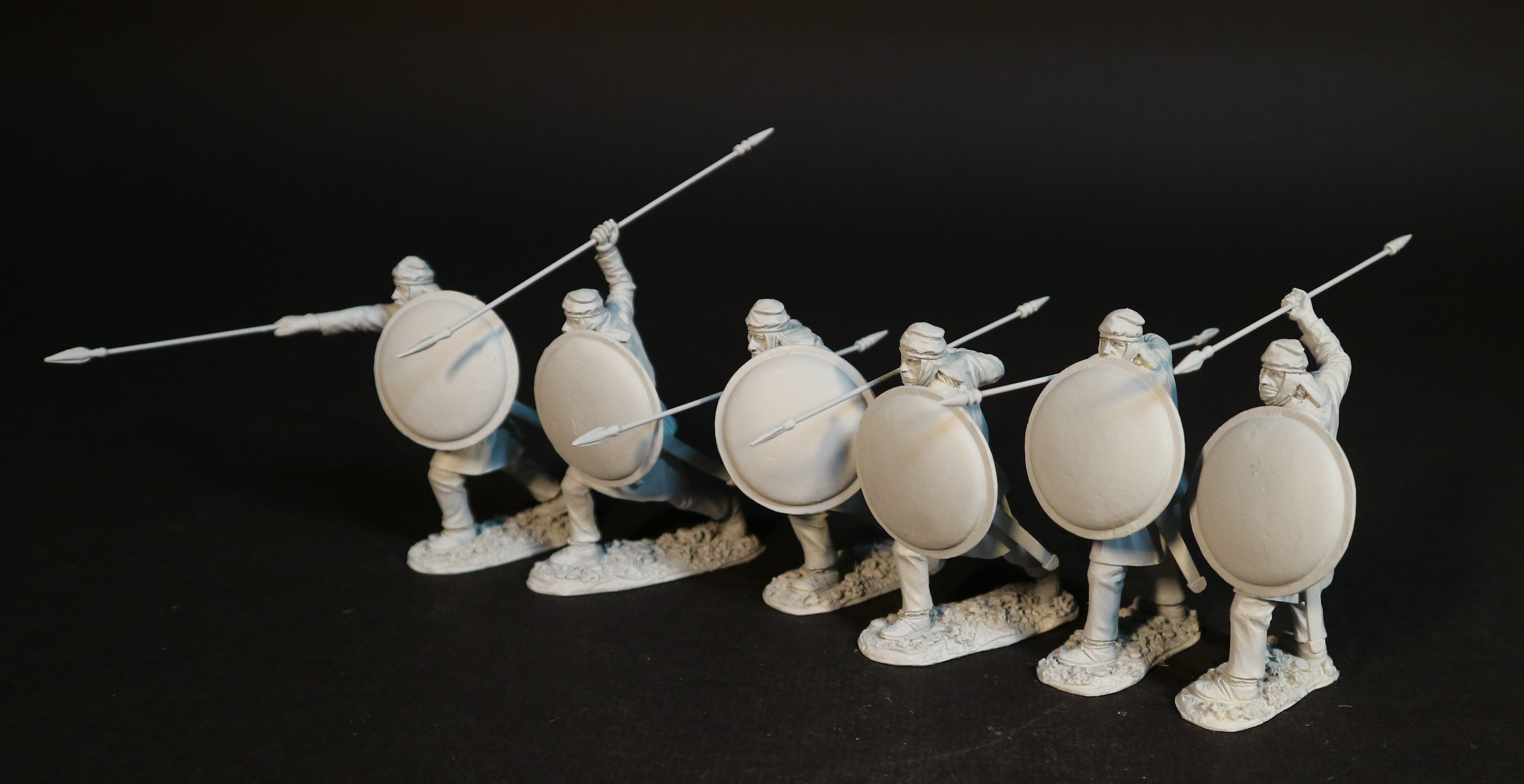
The Kardakes are described by historians as "Hoplites", Slingers and "Peltasts". This may illustrate that Kardakes most likely were not a specific troop type, like a heavy infantryman or a skirmisher but rather a specific group which supplied several kinds of soldiers.
This means that the Kardakes would have been equipped differently. At the battle of Issus Arrian calls them Hoplites, and Kallisthenes as Peltasts.
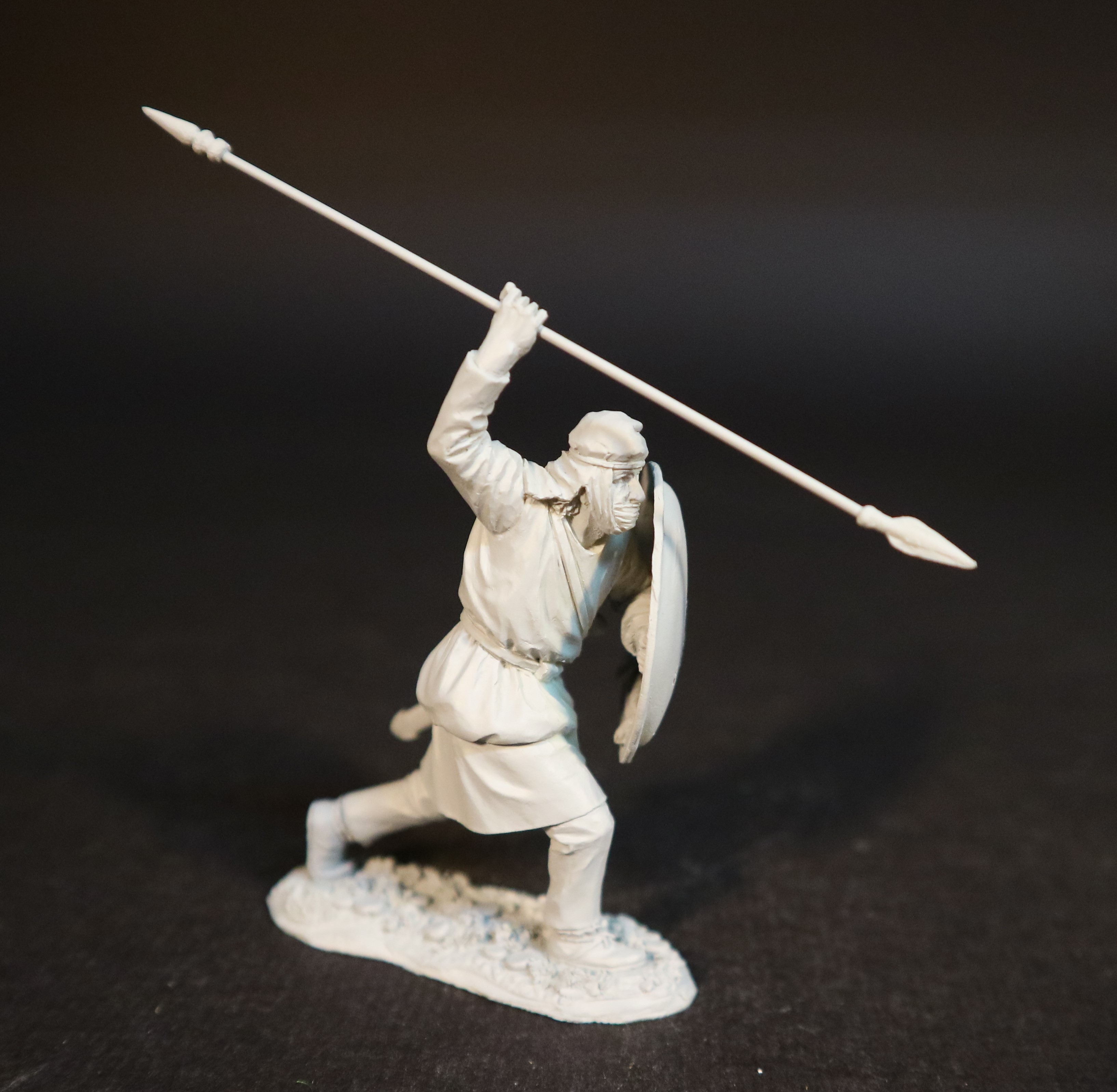
KARDAKE LIGHT INFANTRY
There has always been some debate over the armament and how the Kardakes were employed as a fighting force. As previously mentioned several historians have described them as peltasts.
Modern scholars seem to deduce from this that there was an attempt to produce a native Persian close fighting infantry to support the mercenary Greek hoplite, and Kardakes Hoplites, against the Macedonian phalanx.
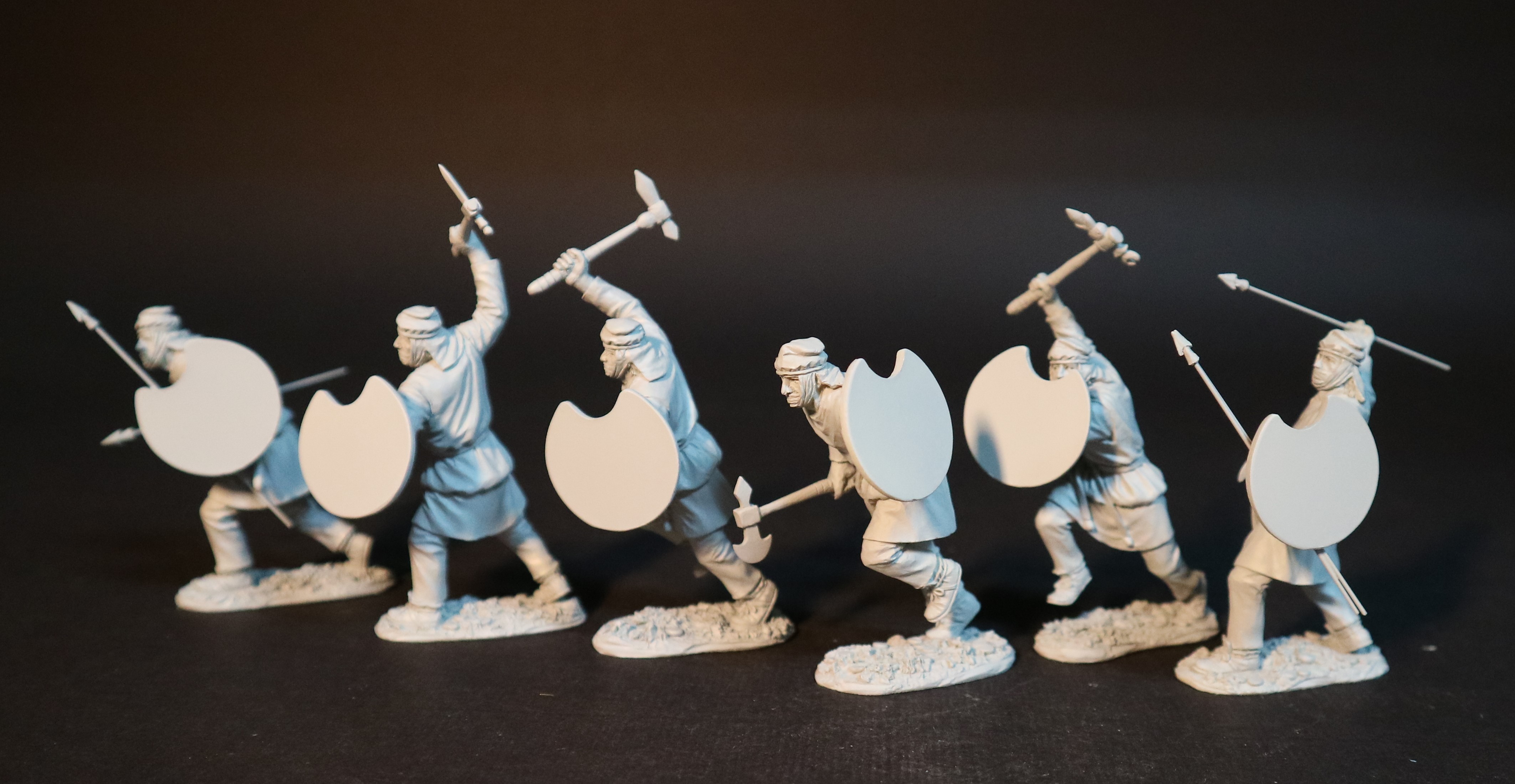
Xenophon describes the Kardakes as carrying two javelins, and using a Kopis or a Sagaris ( the bronze pick-like Saka battleaxe, which was adopted by the Persians) and a wicker shield. It is also confirmed that many would also have used bows.
The Alexander sarcophagus shows Persian infantry not only carrying Hoplite shields, but many with crescent shaped shields similar to the Greek peltai.
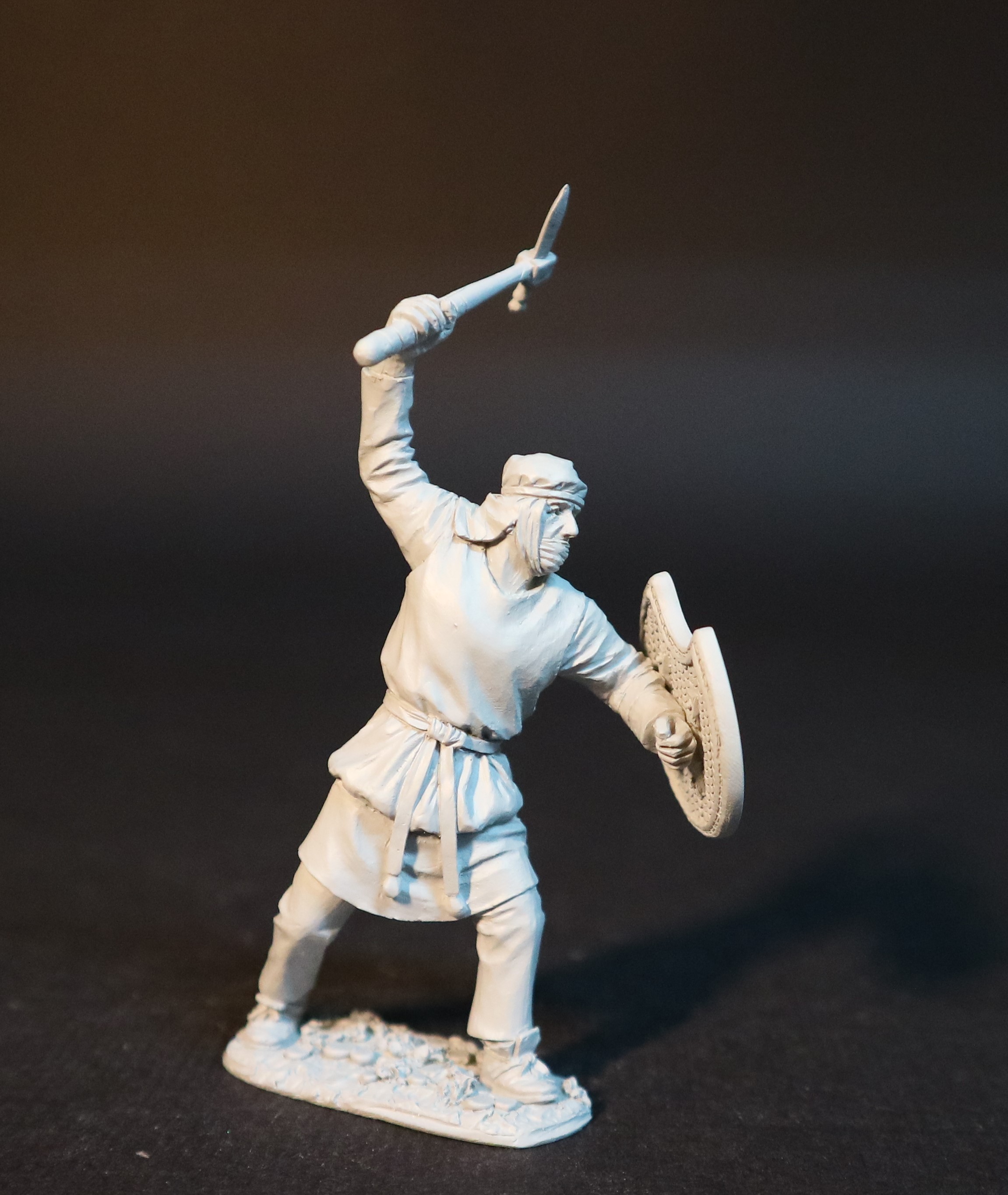
The Scythed Chariot will be available in August.
The Achaemenid Persian reinforcements (kardakes) will be available towards the end of this year.
